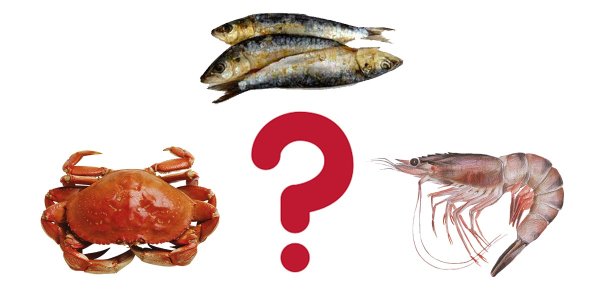Scientists Find Microplastics In Most Seafood But Which Type Has The Highest Amount?
Tags: opinion

You might not know but you are exposed to microplastics by ingesting or inhaling the particles.
When you chomp on fried oysters, clam chowder, or scallops, you are consuming tiny pieces of plastics. Mollusks like oysters and mussels contain high amounts of microplastics among the seafood. The ones gathered off the coasts of Asia contained the highest amounts after researchers reviewed 50 studies testing several samples intended for human consumption.
Crustaceans and fishes contained plastic fragments as well and the studies were published in Environmental Health Perspectives.
The pieces of plastics had degraded from large chunks of plastic in the water according to the National Oceanic and Atmospheric Administration. The sources also included microbeads which were added as exfoliants to beauty products and were later flushed down the drain.
READ: GUY CLAIMS TO EXPOSE HOW PIGS ARE FED PLASTIC AND PAPER AND GOT FIRED FOR DOING SO
Researchers had estimated that 14 million tons of microplastics are found on the Ocean floors, owing to a study which was published in Frontiers in Marine Science. These plastics pose as harmful objects to oceanic and aquatic life.
Human beings are constantly exposed to these particles via ingesting or inhaling as they were detected in lung tissues, stools, and even in the gastrointestinal tracts. A recent study had also found that plastic bottles for babies expose infants to millions of microplastics.
How Do These Microplastics Affect The Health Of Human Beings?
Researchers are still trying their best to find out how these plastics are affecting humans. The presence of these elements raises some concern but it is quite difficult to measure any associated risk, as stated by author Evangelos Danopoulos. Evangelos is an environmental pollution researcher and a postgrad student at the Hull York Medical School in York, England.
He added that human and animal cell research had proved that microplastics can have adverse effects.
“The nature of microplastics makes them intrinsically hard to research because we are looking at a mixture of a lot of different polymers, with different sizes and concentrations,” Danopoulos told TODAY.
“Although we know some polymers can cause effects to humans at the cellular level, we don’t know exactly what kind of ‘dose’ will have those effects and if that level of dose is one likely to be encountered at the typical levels likely to occur through seafood consumption.”
Subscribe to our Youtube channel, new videos every week:
He also added that more research is needed before they can provide specifics to the public about consuming seafood.
Exposure to plastic depends on how much plastic is present in specific food and how much of that food is consumed by the people. The maximum amount that a human can consume from seafood is about 55,000 particles in a year. The yearly maximum rises to 458,000 for tap water and 3,569,000 for bottled water.
Mollusks are stated to bear the highest amount of microplastics as they are “bottom feeders”. These organisms are a natural filtering system of the oceans and are vulnerable to such contamination. People eat them whole which adds to the amount. People usually consume pieces of larger fish, whose gills contained the plastics while the flesh was plastic-free.
The Microplastics Are An Interesting Element To Research
The National Fisheries Institute called microplastics in seafood an “interesting and important topic to research,” but also added that there was no scientific evidence of the harm it caused to human health.
The 2020-2025 Dietary Guidelines for Americans recommended that Americans should only consume seafood twice or thrice a week. “The simple fact is that seafood is the healthiest animal protein on the planet and not eating seafood would cause greater harm than any potential risk associated with microplastic exposure,” spokesman Gavin Gibbons noted.
“Humans ingest more microplastics from breathing than they do eating seafood and no health professional would suggest people breathe any less than they do now.”
He also added that such findings were a great reason for policymakers and researchers to pay more attention to this contaminant.
READ: DEVICE CLEANS UP 20,000 POUNDS OF OCEAN PLASTIC GARBAGE FROM THE PACIFIC
The process of depuration can be quite effective, where the mollusks are placed in flowing seawater to flush out the pollutants gradually.
In the long term, effective waste management can ultimately reduce microplastic content in the environment and thus in seafood, Danopoulos said.
Leave Comment: